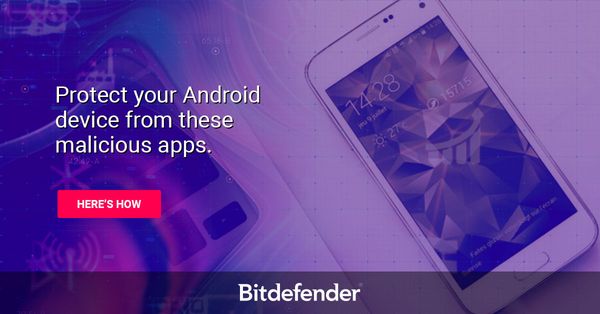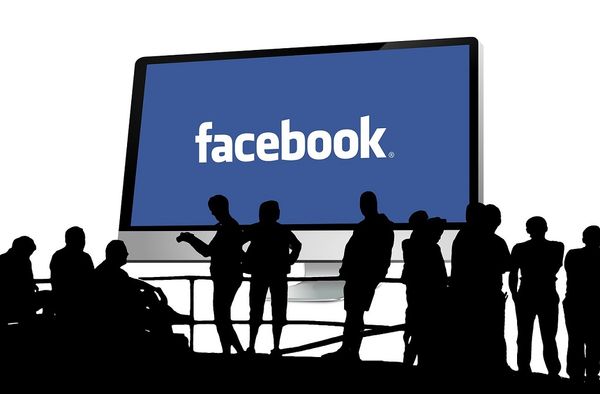UK Government Launches "Stop Online Abuse" To Fight Cyberbullying

The UK government has launched the “Stop Online Abuse” website to help victims of online abuse report, complain and campaign against any offensive media content.
The project was implemented by Galop, the lead organization in the UK for LGBT (lesbian, gay, bisexual, and transgender) victims, and funded by the Government Equalities Office. LGBT people often fall victim to cyberbullying and suffer extreme online abuse via social media.
Source: Wikimedia
Campaign organizer Stonewall said 23% of LGBT pupils reported cyberbullying and 5% of LGBT adults said they had been the target of homophobic abuse or behavior online in the past year.
The sort of behavior that counts as online harassment or abuse includes trolling, trying to damage a person`s reputation with false comments, accusing people of things they haven`t done, tricking others into threatening, stealing identity, setting up profiles in other people`s names, electronic sabotage, publishing personal information about someone else, sometimes called doxxing (including sex videos and photos, which is sometimes called ‘revenge porn’), cyber-stalking, or encouraging other people to be abusive or violent towards groups of people.
It is a criminal offence to send messages using any public electronic communications network, such as Twitter or Facebook, that are grossly offensive, indecent, obscene or menacing. It is also a criminal offence to publish private sexual images online or offline without consent with the effect of causing distress, commonly known as Ëœrevenge porn.`
“Whilst online abuse can affect anyone, women and LGBT people often experience abuse as a result of their sex, gender identity or sexual orientation – or may be targeted for these reasons,” the Stop Online Abuse founders say.
Victims of online abuse can use the website to more easily report criminal offences to the police, to find out how to get an injunction to stop the abuse, and stay informed about other actions to prevent future abuse.
Here is a short guide to help you fight cyberbullying:
Keep your privacy settings updated, and ensure you know how to untag yourself from pictures and comments, use the Ëœblock` features, and report what`s happening to the host or server.
On Facebook
To remove a tag from a photo or post you are tagged in:
Hover over the story, click and select Report/Remove Tag from the dropdown menu. You can then choose to remove the tag or ask the person who posted it to take it down.
You can also remove tags from multiple photos at once:
- Go to your activity log
- Click Photos in the left column
- Select the photos you’d like to remove a tag from
- Click Report/Remove Tags at the top of the page
- Click Untag Photos to confirm
Removed tags will no longer appear on the post or photo, but the post or photo is still visible to the audience it’s shared with. People may be able to view the post or photo in places like the News Feed or search results. To fully remove it from Facebook, ask the person who posted it to take it down.
To block someone:
- Click the “lock” icon at the top right of any Facebook page.
- Click How do I stop someone from bothering me?
- Enter the name or email address of the person you want to block and click Block.
- If you entered a name, select the specific person you want to block from the list that appears.
People are not notified when you block them.
If you can’t find someone using this method, try going to the person’s profile and selecting Block from the menu on their cover photo.
If you still can’t find the person you want to block, it’s possible that this person no longer uses Facebook or has restricted their privacy settings. You can always control the audience of stuff you share.
On Twitter
To remove your name or username from photo(s) you`re tagged in, tap into the detail view of the Tweet, then tap the ellipsis (ҢӢӢ) and select Remove tag from photo.
You can also stop an account from tagging you by blocking the user. Once you have blocked the user, your tagged name or username will no longer be shown on the photo.
You can change who can tag you in a photo by visiting your Security and privacy settings tab on twitter.com or via Settings in the Twitter for iOS or Twitter for Android apps.
tags
Author
Former business journalist, Razvan is passionate about supporting SMEs into building communities and exchanging knowledge on entrepreneurship.
View all postsRight now Top posts
Start Cyber Resilience and Don’t Be an April Fool This Spring and Beyond
April 01, 2024
Spam trends of the week: Cybercrooks phish for QuickBooks, American Express and banking accounts
November 28, 2023
FOLLOW US ON SOCIAL MEDIA
You might also like
Bookmarks








